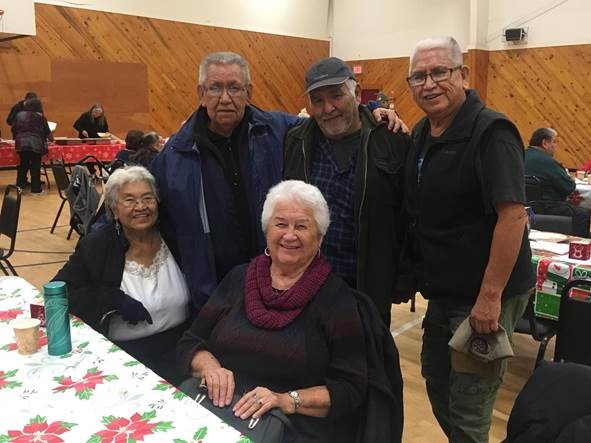
Today, fewer than 47 native speakers of ʔayʔaǰuθəm remain, all of whom are over the age of 60. To help preserve their traditional language, four sister nations—Klahoose, Tla’amin, Homalco, and K’ómoks—are working alongside researchers from UBC and the University of Alberta to develop an ʔayʔaǰuθəm e-dictionary, set to be featured on FirstVoices.
To learn more about this initiative, the Community-University Engagement Support Fund team spoke with Koosen Pielle of the Tla’amin Nation, located in the tiskʷət region, currently referred to as Powell River, and Dr. Marianne Huijsmans, an Assistant Professor at U of A and an alumna of UBC’s Linguistics Department. Their joint commitment, along with a dedicated project team, has propelled the e-dictionary project for a remarkable seven years.
In their conversation, Koosen and Marianne discuss how their project is uniting the nations and how the e-dictionary is making their language more accessible. Please visit the Community Engagement website to hear the full interview, and to read more about the project.
Through Strategy 17: Indigenous Engagement, UBC is committed to supporting the objectives and actions of the Indigenous Strategic Plan.